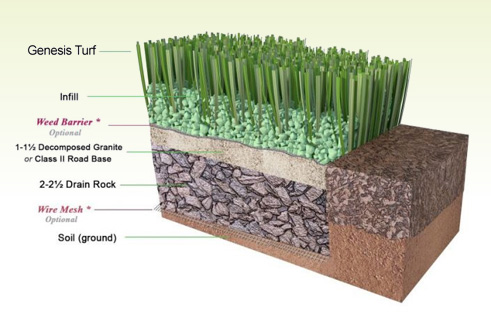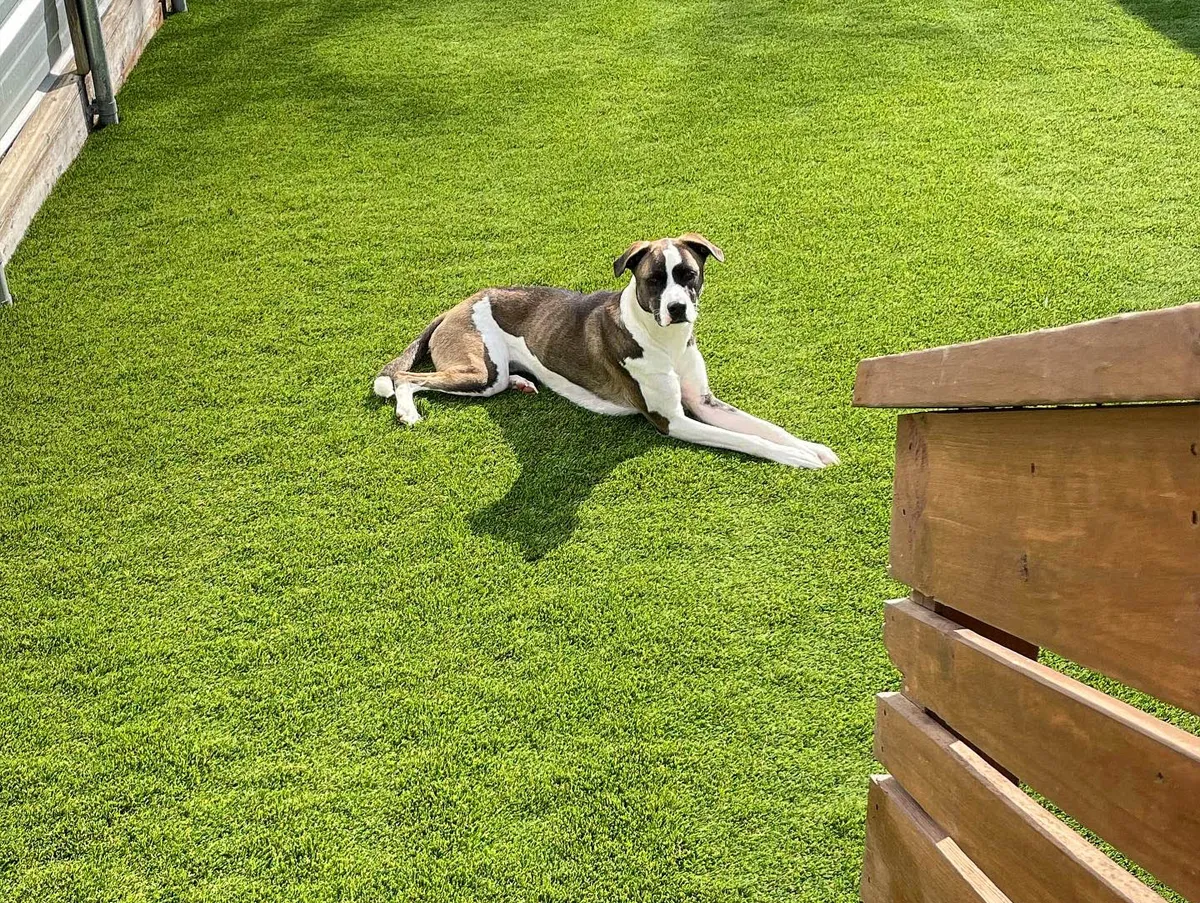Well-Known Phoenix Turf Companies Providing Superior Synthetic Grass Installation
Well-Known Phoenix Turf Companies Providing Superior Synthetic Grass Installation
Blog Article
Look Into the Environmental Conveniences of Opting for Synthetic Grass Solutions
The fostering of synthetic lawn remedies offers an engaging possibility to address pushing environmental difficulties. By substantially lowering water use and minimizing the application of unsafe chemicals, these alternatives not just promote lasting landscape design yet also safeguard regional ecosystems.
Water Conservation Advantages
One of the most substantial benefits of fabricated turf is its ability to conserve water. Conventional turf lawns require significant irrigation, especially in areas prone to dry spell or water restrictions. In contrast, synthetic grass does not require watering, dramatically lowering the overall demand for water resources. This attribute is specifically useful in dry regions where water shortage is a pressing issue.
By eliminating the need for routine watering, synthetic lawn adds to lasting landscape techniques and assists minimize the ecological impact of too much water intake. The preservation of water prolongs to the reduction of overflow, which can lead to dirt disintegration and waterway contamination.
Additionally, the installment of man-made lawn enables house owners and districts to allocate water resources more successfully, concentrating on vital usages such as drinking water and agriculture. The shift towards synthetic grass not only advertises liable water use but likewise lines up with broader environmental objectives focused on preserving natural resources.
As neighborhoods significantly prioritize sustainability, the water preservation advantages of synthetic grass present an engaging situation for its adoption in commercial and domestic landscaping jobs.
Minimized Chemical Usage
The shift to synthetic grass substantially decreases the reliance on chemical therapies generally made use of in natural grass upkeep. Traditional lawn management typically involves the application of fertilizers, herbicides, and chemicals to advertise development and control pests. These chemicals can pose risks to human health, neighborhood wildlife, and the atmosphere, adding to soil and water contamination.
In comparison, artificial grass gets rid of the demand for these unsafe substances. By lessening the launch of synthetic substances into the ecological community, fabricated lawn advertises healthier soil and water systems.
Furthermore, the absence of chemical drainage connected with man-made lawn setups aids secure local rivers from air pollution, sustaining water life and preserving biodiversity. Phoenix turf companies. As neighborhoods progressively prioritize lasting techniques, opting for synthetic grass offers a feasible option that aligns with environmental conservation objectives. With this shift, homeowner can appreciate lush green areas without endangering ecological wellness, leading the way for a much more lasting future
Reduced Carbon Footprint

Moreover, the installation of man-made lawn can result in substantial water conservation. All-natural grass call for significant quantities of water for irrigation, which not just includes to the carbon impact connected with water removal and treatment yet also stress local water resources. On the other hand, fabricated turf needs minimal maintenance, requiring no watering, consequently considerably minimizing water use and its linked energy expenses.
In addition, the long life of fabricated grass adds to its decreased carbon effect. With a life-span of approximately 15 years or more, the demand for regular replacements is diminished, causing much less waste and lower power consumption in production and disposing of standard yard choices. In general, synthetic grass presents a sustainable choice for eco conscious landscape design.
Environment Conservation
Environment preservation is a critical factor to consider in the dispute over landscape design choices, especially when comparing synthetic grass to natural turf. Natural grass lawns usually need considerable upkeep, consisting of using herbicides, plant foods, and chemicals, which can adversely influence neighborhood click this communities. These chemicals can leach into the soil and rivers, harming native vegetation and animals and interfering with neighborhood habitats.
On the other hand, synthetic grass presents a chance to minimize the eco-friendly footprint of landscape design. By choosing artificial turf, homeowners can reduce the disturbance of all-natural environments connected with typical grass treatment practices. Synthetic grass eliminates the need for dangerous chemicals, therefore shielding nearby wildlife and maintaining the stability of bordering ecosystems. Moreover, the installation of man-made grass can cause the conversion of former lawn locations right into even more biodiverse landscapes, such as pollinator yards or indigenous plant locations, which can support regional wild animals.
Ultimately, the change to fabricated grass not only preserves water and reduces upkeep efforts yet also fosters an extra harmonious link connection between human activities and the natural surroundings, advertising environment preservation at the same time.
Long-Term Sustainability
Long-lasting sustainability is a crucial element in evaluating the advantages of man-made grass over conventional grass lawns. Among the most substantial advantages of man-made turf is its durability; it can last approximately 15-20 years with very little upkeep, whereas all-natural grass calls for frequent reseeding and replacement. This long life decreases the requirement for consistent sources, such as water, fertilizers, and chemicals, which are crucial for maintaining a healthy grass yard.
In addition, synthetic grass adds to a decrease in carbon discharges connected with yard treatment tools. Conventional yards commonly call for gas-powered mowers, trimmers, and blowers, every one of which add to air pollution. Phoenix turf companies. In contrast, fabricated grass gets rid of the demand for such tools, promoting a cleaner setting
Additionally, the manufacturing of synthetic grass significantly makes use of recycled materials, boosting its sustainability profile. As manufacturers adopt environmentally friendly practices, the environmental impact of artificial turf continues to decrease.

Verdict
The adoption of synthetic grass remedies provides significant environmental benefits, including considerable water preservation, lowered dependence on damaging chemicals, and a lower carbon impact. Man-made lawn aids in protecting natural environments by decreasing land disruption read what he said and advertising lasting sustainability through the usage of durable materials. Jointly, these variables highlight the possibility of synthetic grass to add favorably to ecological wellness and offer a feasible alternative to standard landscape design methods in a progressively resource-conscious globe.
In comparison, artificial lawn does not require watering, considerably reducing the general need for water sources. By decreasing the release of artificial substances right into the ecological community, man-made lawn promotes much healthier soil and water systems.
Moreover, the setup of fabricated turf can result in substantial water conservation. In comparison, man-made grass requires marginal maintenance, needing no watering, therefore substantially minimizing water usage and its connected power expenses.

Report this page